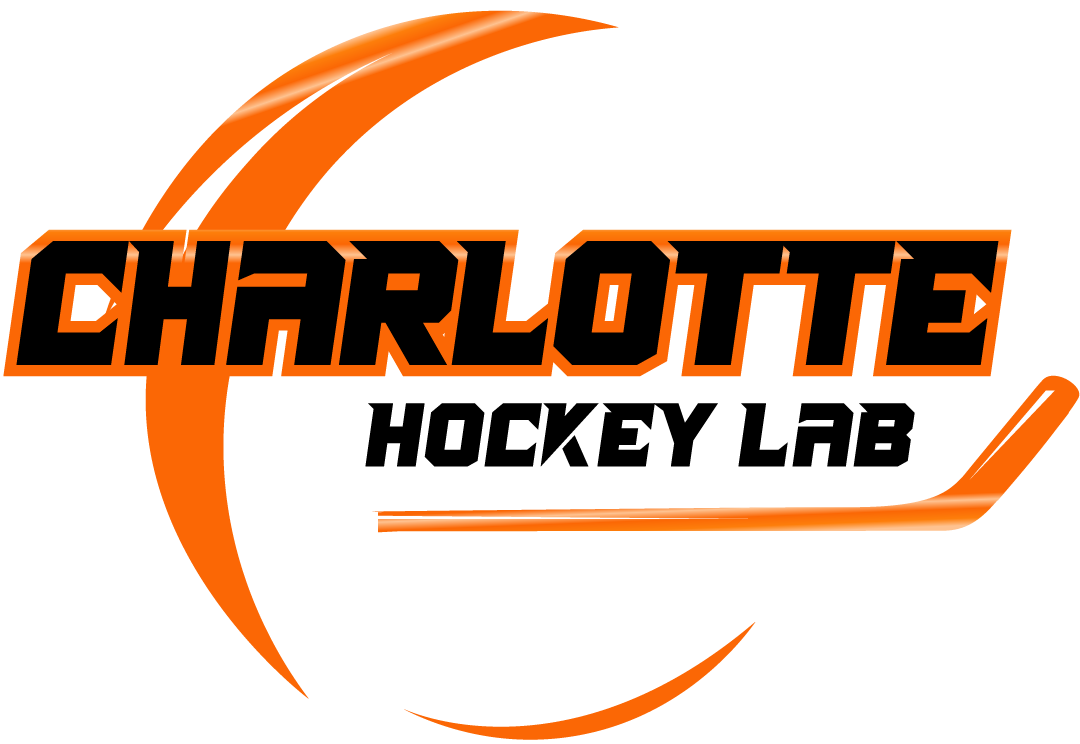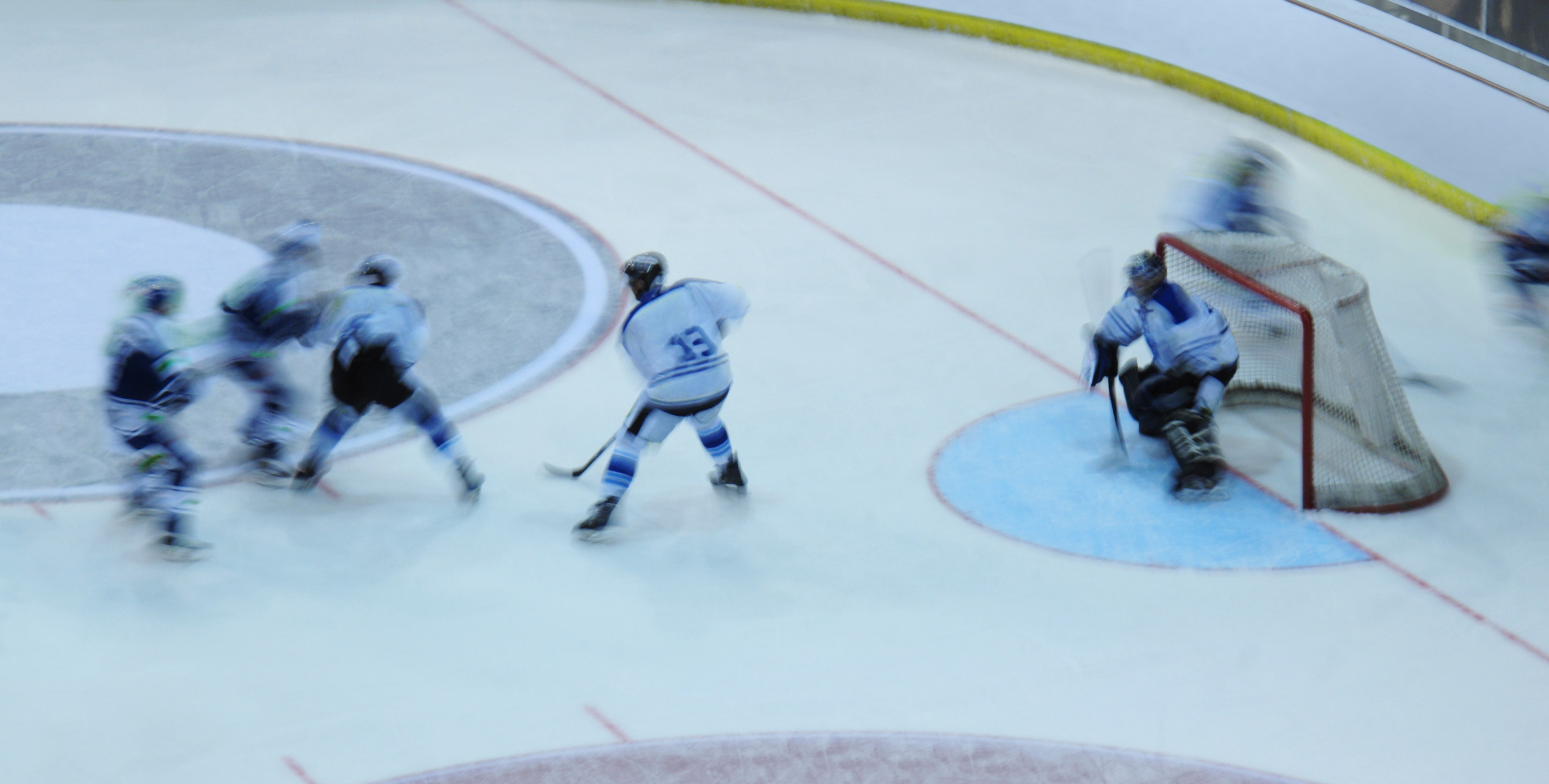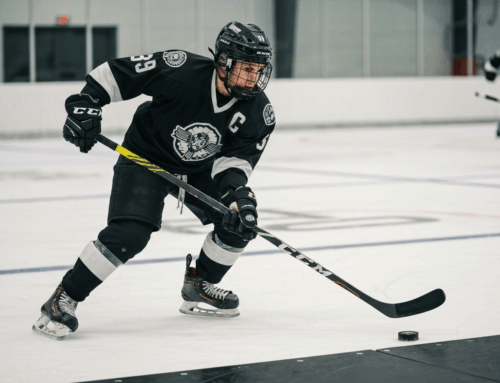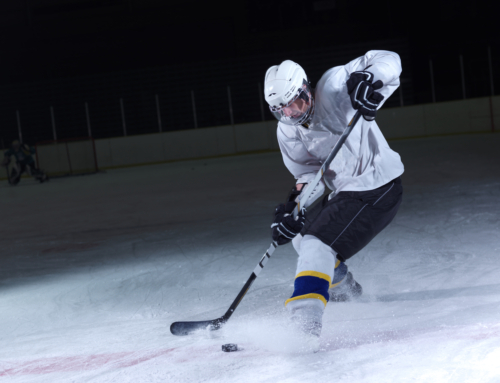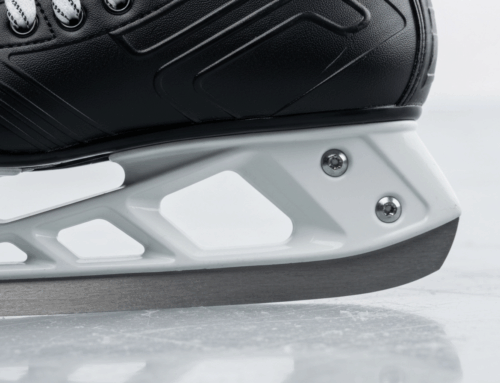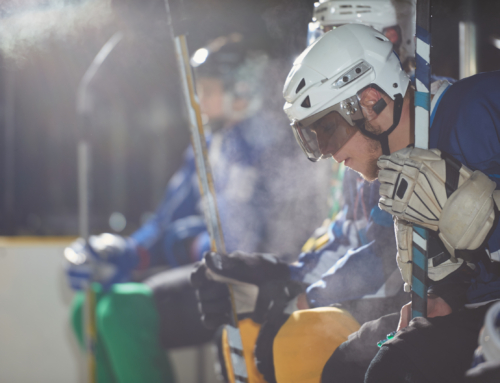Charlotte Hockey Lab: Unleashing Elite Vision with Cutting-Edge Puck Tracking Drills for Goalies
Introduction to Goalie Vision: Why Puck Tracking is Essential
In the dynamic world of ice hockey, a goaltender’s ability to see and react to the puck is paramount. It’s not just about physical agility; it’s about superior visual processing. Mastering puck tracking drills for goalies is fundamental for any netminder aspiring to elevate their game. The faster and more accurately a goalie can track the puck, the better their chances of making a crucial save and controlling rebounds. At Charlotte Hockey Lab, we understand that vision is the bedrock of elite goaltending, which is why we emphasize cutting-edge training to sharpen this vital skill.
What is Puck Tracking and Why It Matters for Goaltenders
Puck tracking refers to a goalie’s continuous ability to follow the puck’s movement with their eyes, head, and body from the moment it leaves a player’s stick until it’s either saved or enters the net. It’s often said that a goalie “tracks the puck well” when they seamlessly watch the puck into their body for a save. This skill is critical at every level of hockey. Without effective puck tracking, a goalie can lose sight of the shot, misjudge its trajectory, or react too late, leading to increased goals against and missed opportunities for their team.
Studies have shown that elite goaltenders exhibit what is known as the “Quiet Eye” phenomenon. Research from the University of Calgary found that successful goalies fixate their gaze directly on the puck and the shooter’s stick almost a full second before the shot is released, leading to save percentages over 75%. This contrasts sharply with novice goalies whose gaze tends to scatter. As former NHL goalie Braden Holtby famously stated, “Your biggest muscle as a goalie is your eyes.” This underscores the importance of not just physical training, but also dedicated visual conditioning.
Elite Puck Tracking Drills for Goalies: Techniques for Precision
To develop elite puck tracking, goalies need a multifaceted approach that includes both on-ice and off-ice training. Here are some key techniques and puck tracking tricks for goalies:
- The Zig Zag Drill: This on-ice drill involves arranging pucks or objects in a zigzag pattern in front of the net. The goalie slides laterally, locking their eyes onto each object for at least a second. This drill enhances eye tracking, lateral movement, and positional discipline.
- React and Deflect: A coach or shooter fires pucks from various angles. The goalie’s objective isn’t just to stop the puck but to intentionally deflect it with pads or stick while maintaining unwavering focus. This hones reaction time and sustained visual focus under pressure.
- Rogalski Puck Tracking Drill: Made famous by NHL Goalie Coach Dave Rogalski, this drill focuses on forcing goalies to watch every single puck down each line, working towards and away from the body, ensuring they track the puck all the way into their equipment for a save.
- Off-Ice Visual Training: Beyond the ice, specialized visual training is crucial. This can include:
- Juggling: Simple juggling, or even juggling with numbered balls where you call out the number as it passes your vision, helps improve hand-eye coordination and dynamic visual acuity.
- DIY Vision Boards: A cost-effective tool, a DIY vision board involves a partner calling out colors or numbers on a board while the goalie quickly covers them with their hand, or tracks a laser pointer. This trains quick reactions and visual focus.
- Strobe Goggles and Trac Optics: Advanced tools like strobe goggles, which flash between clear and restricted vision, force the eyes to process visual stimuli more efficiently. Trac Optics goggles, worn under the mask, cut off peripheral and lower vision, promoting central vision use and better head posture for improved movement rotation.
An often overlooked real-world lesson in puck tracking involves external factors. As former NHL goalie coach David Marcoux highlights, the distance of a shot significantly impacts reaction time; closer shots demand a blocking style due to less time to react. Furthermore, screened shots or those slightly redirected by a defenseman’s stick can create unpredictable “knuckleball” trajectories. Marcoux also suggests that defensemen using white stick tape can aid goalies, as it’s easier to see the black puck come off a white blade, a small detail that can positively impact save percentages.
Leveraging Charlotte Hockey Lab’s Technology for Enhanced Puck Tracking
At Charlotte Hockey Lab, we provide goalies with an unparalleled environment to refine their puck tracking and vision. Our state-of-the-art facility and cutting-edge hockey technology are designed to simulate game-like situations, allowing goalies to train with precision and data-driven insights.
Our technology, including systems like RapidShot, helps goalies develop quicker reaction times and enhanced focus. While primarily known for shooting, these systems can be adapted to challenge a goalie’s visual processing and tracking abilities in a controlled, repeatable environment. The structured nature of our training allows for consistent practice of visual skills such as depth perception, peripheral vision, and the speed of focusing, which are vital for tracking the puck in fast-paced scenarios. Our individualized training approach ensures that programs are tailored to address each goalie’s specific visual deficiencies and strengths, maximizing their potential on the ice.
Beyond Drills: Integrating Puck Tracking into Game Situations
While structured puck tracking drills for goalies are essential, true mastery comes from integrating these skills seamlessly into game situations. This involves developing a keen sense of anticipation and understanding shot patterns. Goalies must learn to “read the play” – anticipating where the shot will come from, even through screens or deflections. This requires not just physical conditioning but significant mental acuity to process complex visual information rapidly.
One expert insight to consider for credibility is the importance of visual assessments. Professional athletes, including NHL goalies, undergo specialized eye exams that look beyond standard 20/20 vision, focusing on converging, diverging, vertical movement, and tracking different movement patterns. Addressing any imbalances found in these areas through targeted vision therapy can significantly improve on-ice performance. This personalized approach, which Charlotte Hockey Lab can support, is crucial for turning diligent practice into dominant game play.
The Long-Term Benefits of Mastering Puck Tracking
Mastering puck tracking yields significant long-term benefits for goalies. Beyond an immediate improvement in save percentage, it contributes to overall consistency and durability throughout their career. Goalies with superior tracking abilities are less prone to soft goals, control rebounds more effectively, and can maintain composure under pressure. This translates to increased confidence, reduced physical strain from unnecessary movements, and a longer, more successful career between the pipes. By investing in comprehensive vision and puck tracking drills for goalies at a facility like Charlotte Hockey Lab, netminders are not just training for the next game; they are building a foundation for sustained elite performance.
Visit our Contact Us page.

We use only the finest ingredients to produce stellar tastes.
